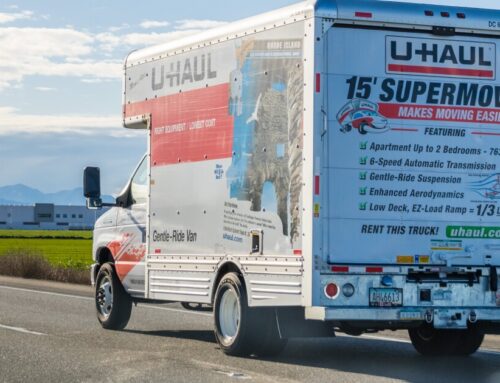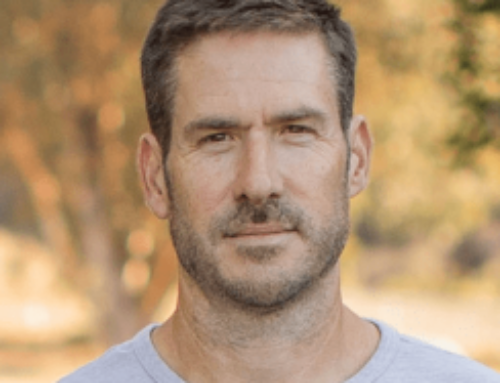More mortgage companies have moved into expanded-parameter home equity line of credit programs recently as rated securitizations have grown and volumes are set to expand further in 2025.
Direct-to-consumer lender Achieve announced earlier in November that it increased the limit for its program to $300,000 from $150,000 while adding 20- and 30-year term loans to its lineup. Previously, only 10- and 15-year terms were available.
Deephaven Mortgage launched a new HELOC program available to brokers and correspondents at the Mortgage Bankers Association’s annual convention last month.
Deephaven and Achieve’s moves follow the rollout of Figure’s new HELOC “piggyback” platform for its business partners last month. There’s also been an increase in Wall Street securitizations of HELOCs by companies like JPMorgan Chase and Goldman Sachs.
While still a relatively small portion of the residential mortgage-backed securities market, rated HELOCs and closed-end seconds combined more than doubled in 2024, rising to just over $12 billion from $4.5 billion in 2023, Kroll Bond Rating Agency statistics show.
Issuance is currently on track to total $16 billion next year. In 2024, roughly one-third of the second-lien volume came from HELOCs, according to the rating agency.
“We’re looking at 2025 as another strong year for second liens,” said Jack Kahan, a senior managing director at Kroll Bond Rating Agency, during a press conference on Wednesday at KBRA’s New York offices. Kahan is the global head of asset-backed securities and RMBS.
Historically, nonbanks like Achieve and Deephaven, which rely more heavily on secondary market sales, originated HELOCs less frequently than the depositories that traditionally keep these lines on the balance sheet for their customers.
The growth of securitization in this sector has been driven by the introduction of more lines with longer-term fixed rates, along with other recent developments. The sector was previously considered difficult to securitize due to the complexity of its draws.
The private securitized HELOC market has used some techniques similar to those used in the Home Equity Conversion Mortgage market to contend with the draws subsequent to the first, splitting from the initial distribution of funds.
The rated, securitized market has proved advantageous for more sizable non depository mortgage companies able to take advantage of it, said Kyle Enright, president of lending at Achieve.
“You get a much better cost of funds because you open up a much larger universe of buyers for the bonds, and you know that generally is going to be your most efficient way of creating liquidity for the owners of those HELOCs,” he said.
Enright estimates the majority of nonbank-originated home-equity lines of credit will eventually get securitized.
Outstanding mortgage borrowers who got loans at unusually low rates during the pandemic have helped to create the consumer demand for second liens that’s fueled enough volume for securitization.
Borrowers who don’t want to give up their first liens but need more financing use home equity products instead.
“I think they are going to be very mainstream if rates stay elevated,” said Tom Davis, chief sales officer at Deephaven Mortgage, which is a non-qualified mortgage lender. (Though HELOCs aren’t subject to the ability-to-repay rule that non QM mortgages are a specific subset of, some companies use the term in conjunction with them to indicate they do have parameters that accommodate some types of nontraditional borrowers.)
“Going into 2025 and planning for the new year, it would be unwise for originators not to have access to these products,” Davis added.
However, if rates were to fall and expose more first-lien mortgage borrowers to refinancing incentive, interest in HELOCs and other seconds would wane.
A key risk to the forecast for further HELOCs growth is the possibility of a more marked decrease in cost of market-rate financing, according to Kahan.
“There’s potential mortgage rate uncertainty going into next year,” he said.
Other trends that HELOC demand depends on are relatively high equity levels despite some home price deceleration, an aging housing stock requiring repairs, high consumer costs from inflation or rising tax and insurance burdens that lead to a need for debt consolidation.
Another wild card for second-lien demand and the housing market in general next year is what some term the Trump effect, referring to the fact that the White House will be turned back over to a political leader whose positions on certain issues can be unpredictable.
While a lot of projections around the next administration’s policies have been speculative, one consistent theme is a reflection of what happened under President Trump’s first term. At that time, the government-related secondary mortgage market’s regulator adjusted its loan purchase policies in ways that encouraged more private market intervention, which could benefit the HELOC market.
“If the agencies do rollback or reintroduce some of those caps you could see a lot of this production go to the nonagency market,” Davis said.
Under the Biden Administration, there has been an effort to test government-sponsored enterprise purchases of closed-end seconds.
But while there was initially pushback from the private market fearing competition in some quarters, there also many who have considered the test too small to be a concern.
“I don’t think it’ll have any impact,” said Davis.
Meanwhile, for expanded criteria HELOCs in particular, the central risk is likely that there could be an imprudent underwriting that creates or contributes to loan performance issues. Those offering such products say they’re being careful on this count.
Enright said Achieve follows ability-to-repay rule guidelines to a degree even though open-end second liens aren’t technically subject to that rule.
Estimates for the average debt-to-income ratio in the market have been in the 45-50% range, slightly above traditional ATR norm, and companies say how high they’ll allow it to go may depend on how strong a borrower’s credit score, and loan-to-value are.
“Although HELOCs are not subject to ATR, we still follow ATR as far as full verification of income and verification of employment,” Enright said.
Davis said that while Deephaven allow some flexibility in income determinations in terms of allowing personal bank statement-based underwriting in some cases, it requires full documentation in underwriting.


